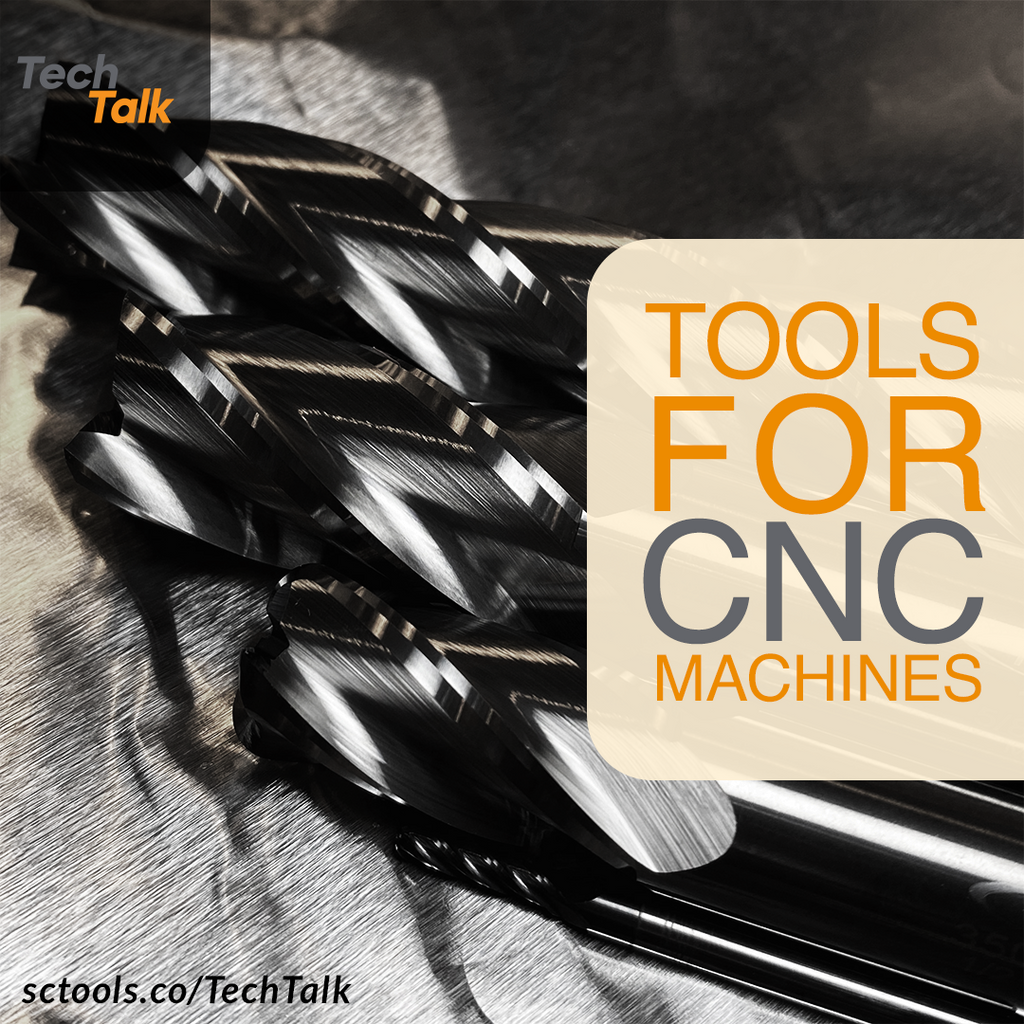The accuracy of the machine is greatly influenced by the computerized nature of computer numeric control (CNC) machining. The nearly infinite possibilities you have for cutting tools, though, are what makes CNC machines so adaptable.
This article will describe several types of tools and their uses in relation to CNC machines. Working with CNC machines requires a clear understanding of their operation.
Cutter CNC Machine Tools
End Mill
Drill bits and end mills are comparable, but end mills are far more adaptable. They often have up to eight pointed flutes on their ends and sides, allowing them to remove heavy loads of material quickly. If you want to cut straight into a material without needing a pre-drilled hole, an end mill should be your go-to tool.
There are several types of end mills, with the roughing end mill type being the most popular. Like end mills, roughing end mills feature up to eight flutes. In contrast, the serrated flutes in the roughing end mills allow you to remove more material than the ordinary end mills.
Drill Bits
Drill bits have a shaft with one or more flutes, helical grooves that run down the outside of the tool, and a conical cutting point.
Center, twist, and ejector drills are the three most common types of drill bits used in CNC machining, and each type serves a specific essential purpose.
To precisely drill small holes in the workpiece, center drill bits should be used. The holes can then be properly drilled with a twist drill. On the other hand, ejector drills are more effective for drilling deep holes.
Reamers
If a workpiece requires a 1/2" hole, you assume a 1/2" drill bit is adequate. Quite the contrary! If you do this, your workpiece will likely end up with an oversized hole after you finish drilling.
The best way to make this hole is to start with a smaller drill bit, like 31/64", and then enlarge it with a reamer to 1/2". Reamers allow you to increase the size of already-existing holes while maintaining precise dimensions and close tolerances.
Gear Cutters
As their name suggests, gear cutters are used to create gears for the manufacturing industry. It can create many different gears, such as spurs, bevels, worms, screws, and helical gears.
Hollow Mill
Hollow mills are cylinder-shaped cutting tools that enclose and revolve around a cylindrical workpiece. They have three or more cutting edges. You can quickly and effectively produce a pre-thread diameter with this cutting tool. You can also use them in drill press work to finish projections that must be in a specific position.
Thread Mill
As the name implies, thread mills are CNC cutting tools used to create threads. Their function is comparable to that of taps. However, CNC machines equipped with thread mills can cut internal and external threads, whereas taps can only cut internal threads.
If you want to cut through hard metals or asymmetrical parts, you should choose thread mills.
CNC Machines’ Cutting Tools Material
Tool Sets for CNC Machines These tools are made with various materials, including carbon steel and high-speed steel.
Carbon Steel
Carbon steel is a steel alloy that contains 1.6% manganese and 1% carbon by weight. It is not only reasonably priced but also highly machinable to use carbon steel cutting tools. They are perfect for low-speed CNC machining soft metals such as magnesium, brass, and aluminum.
High-Speed Steel
High-speed steel is created by adding additional elements like molybdenum, tungsten, chromium, cobalt, and vanadium to carbon steel. These alloying components give HSS high temperature, abrasion, and durability resistance.
The right tools for machinists should be essential for efficient and effective operation. At SCTools, we fabricate parts using CNC machine tools. We offer a wide range of high-quality industrial tools.
 |
If you have any questions about carbide cutting tools, end mills, drills, etc. be sure to reach out to us @ sctools.co/Home or call us at (877)737-0987. We help you machine better! |



Comments (0)